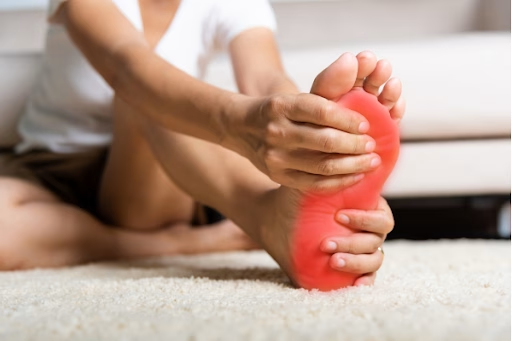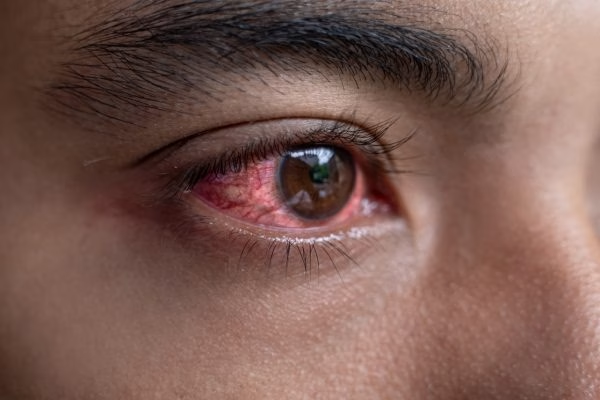 By the time Winter Storm Jonas finally quit terrorizing the mid-Atlantic states, 48 people had died. As soon as Jonas arrived on January 22nd, it had grown clear that the storm was going to be historical, and by the 23rd, it had succeeded in virtually shutting down Washington D.C., New York City and Philadelphia.
By the time Winter Storm Jonas finally quit terrorizing the mid-Atlantic states, 48 people had died. As soon as Jonas arrived on January 22nd, it had grown clear that the storm was going to be historical, and by the 23rd, it had succeeded in virtually shutting down Washington D.C., New York City and Philadelphia.
While those of us in Massachusetts should consider ourselves lucky for getting just a mere dusting, we should interpret the storm as a warning shot, as it’s unlikely that the next major east coast winter storm will miss us. So when the inevitable blizzard of 2016 hits home, we should be prepared. Following these simple safety precautions is a great step in ensuring a safe winter.
Wear Warm Clothing to Prevent Hypothermia
It may seem obvious that people should dress warmly during the winter, yet many people develop frostbite and hypothermia each year, regardless. There are certain misconceptions people have about what’s considered warm clothing and what’s not. For instance, just because somebody’s wearing gloves, it doesn’t mean their hands are warm enough. In reality, mittens are much warmer, as they don’t constrict finger movement, which is essential for maintaining blood flow. It’s also incredibly beneficial for people to wear undergarments made of polypropylene, wool or silk, as they’re more effective than simple cotton.
When people’s clothes get drenched with water, the chance of developing hypothermia dramatically increases. People experience hypothermia when their body temperature drops below 95°, which decreases the rate of blood flow, which can result in death if no action is taken. Once the blood begins to struggle getting to the vital organs, the body shuts down.
Make Sure Your Winter Boots are Slip-Proof
Many footwear companies will claim their products are winter boots when they’re really not. They may be warm and stylish, but unless their soles are designed so you can safely walk across ice, they’re not really winter boots.
Also, examine surfaces you’re about to walk across and determine whether or not they’re coated in black ice. Some sidewalks may have an ivory-wash to them, which indicates that it has been administered anti-freeze salting materials. These sidewalks should be safe. But for some sidewalks – especially those that are newer and still somewhat dark – black ice will easily blend in with them. Check to see if there’s a water source around them (water canals, gutters, hoses, etc…) to help decide if it may have black ice on it.
Drink Plenty of Water While Shoveling
The winter air is as dry as it is cold and unforgiving. It can be hard to determine whether you’re suffering from dehydration on these cold days. During the summer, when your body begins sweating profusely and overheating, it usually means it’s time to drink some water. But with winter, your body’s dehydration-indicators are less obvious. This is why it’s important to drink lots of water during the winter, especially if you’re shoveling snow or performing any other strenuous winter activities, such as skiing or playing hockey.
If you believe you’re experiencing severe dehydration, visit us at AFC Urgent Care Urgent Care Methuen to consult with a physician. Our team can diagnose and treat a number of winter illnesses to help get you through the harsh New England winter. To speak with one of our medical professionals, call us at 978-975-0700.
We look forward to helping you survive the winter!


